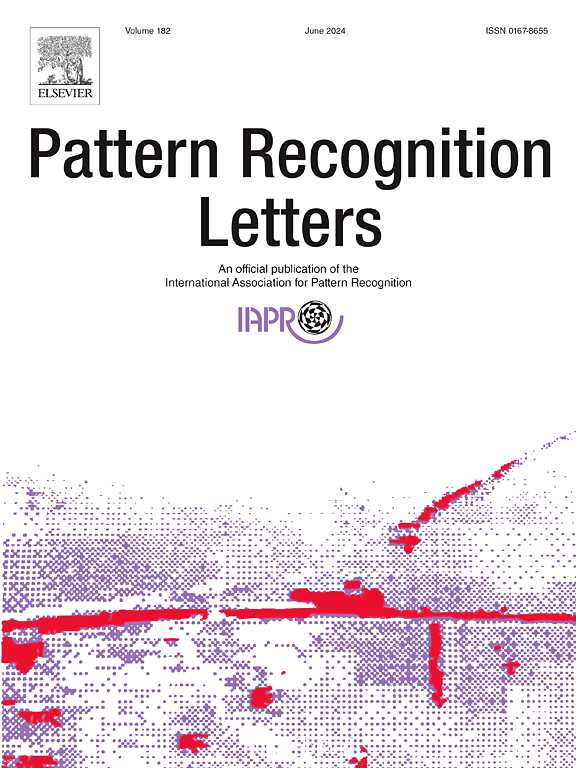UFR-GAN:一种轻量级的多退化图像恢复模型
IF 3.3
3区 计算机科学
Q2 COMPUTER SCIENCE, ARTIFICIAL INTELLIGENCE
引用次数: 0
摘要
现实世界的模式识别系统经常面临着同时处理由多种因素(如雨、雾霾和低光照条件)导致的图像退化的挑战。现有的单一退化模型不能泛化到不同的场景,而专门的模型在计算上是昂贵和低效的。本文介绍了一种轻量级的基于多降解恢复gan的框架UFR-GAN。我们的模型集成了变压器驱动的特征聚合,以增强远程依赖关系,同时保持计算效率。此外,我们采用频域对比学习来解开重叠的伪影,从而改善精细细节的恢复。这种方法可以实现跨不同退化类型的统一恢复。我们的UFR-GAN只有45.4 M个参数,在各种退化场景下实现了最先进的(SOTA)性能,PSNR为26.87,SSIM为0.83。它的计算复杂度也明显低于SOTA方法。至关重要的是,我们证明了它对下游模式识别任务的更广泛影响:将UFR-GAN与YOLOv11集成在0.73 mAP50下,车辆检测精度提高了23%,同时在恶劣天气条件下将推理时间缩短至仅2.7ms。这些结果表明,我们的UFR-GAN可以用于模式识别的许多重要领域,包括计算机视觉,遥感,交通监控和自动驾驶系统。在这些领域中,有效和通用的恢复技术是必不可少的。本文章由计算机程序翻译,如有差异,请以英文原文为准。
UFR-GAN: A lightweight multi-degradation image restoration model
Real-world pattern recognition systems often face challenges in simultaneously handling images degraded by multiple factors such as rain, haze, and low-light conditions. Existing single-degradation models fail to generalize across diverse scenarios, while specialized models are computationally expensive and inefficient. This paper introduces UFR-GAN, a lightweight multi-degradation restoration GAN-based framework. Our model integrates transformer-driven feature aggregation to enhance long-range dependencies while maintaining computational efficiency. Additionally, we employ frequency-domain contrastive learning to disentangle overlapping artifacts, thereby improving the restoration of fine details. This approach may enable unified restoration across diverse degradation types. Our UFR-GAN, which only had 45.4 M parameters, achieved state-of-the-art (SOTA) performance with 26.87 PSNR and 0.83 SSIM in various degradation scenarios. It also had significantly lower computational complexity than SOTA approaches. Crucially, we demonstrated its broader impact on downstream pattern recognition tasks: integrating UFR-GAN with YOLOv11 improved vehicle detection accuracy by 23% at 0.73 mAP50 while reducing the inference time to only under adverse weather conditions. These results indicated that our UFR-GAN could be used in many important areas of pattern recognition, including computer vision, remote sensing, traffic surveillance, and self-driving systems. Efficient and generalizable restoration techniques are essential in these domains.
求助全文
通过发布文献求助,成功后即可免费获取论文全文。
去求助
来源期刊

Pattern Recognition Letters
工程技术-计算机:人工智能
CiteScore
12.40
自引率
5.90%
发文量
287
审稿时长
9.1 months
期刊介绍:
Pattern Recognition Letters aims at rapid publication of concise articles of a broad interest in pattern recognition.
Subject areas include all the current fields of interest represented by the Technical Committees of the International Association of Pattern Recognition, and other developing themes involving learning and recognition.
 求助内容:
求助内容: 应助结果提醒方式:
应助结果提醒方式:


